Most understand that a share’s trading volume tells how much it is being bought or sold, but what is relative volume in investing?
Many may still wonder what this indicator means and how traders can use it to make buy/sell decisions. We dig into the basics of this important metric below.
What Is Volume?
Volume is simply the number of shares of a particular firm traded over a certain period of time. Most often, it is measured over a single day.
For example, when analysts talk about a stock’s trading volume, they are referring to how many of them were bought or sold between the open and close of markets on that day.
Volume tells investors a little about how much interest buyers and sellers show in that particular share.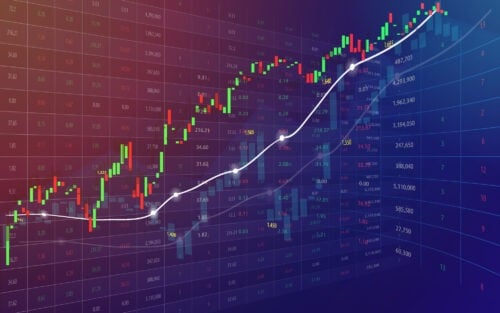 What Is Relative Volume?
What Is Relative Volume?
Relative Volume (RVOL) is an indicator that compares the current trading volume with that in the past for the same stock in a given period.
On its own, knowing a share’s volume does not tell you much. After all, who decides how much volume is good or bad?
This is where relative volume comes in.
It helps investors understand whether the magnitude of buying and selling activity in a particular security is going up or down.
Generally, the higher the relative volume, the higher the stock is being watched and traded. This might indicate that there is an opportunity to trade in it.
How Do You Calculate Relative Volume?
To calculate the relative volume, simply divide the current volume of the share by its average volume over a specific period. It is expressed as a ratio.
For example, a 2 RVOL indicates that the security is being traded twice the usual amount.
On the other hand, a 0.5 RVOL shows that only half the number of shares of the firm are being bought and sold now, as compared to what they used to in previous periods.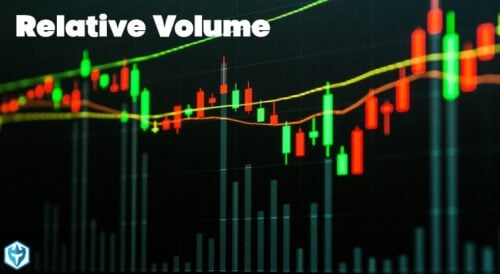 In general, 1 RVOL is the cutoff to identify a high relative volume. If the stock’s relative volume is above one, it is high; if not, the trader should consider it low.
In general, 1 RVOL is the cutoff to identify a high relative volume. If the stock’s relative volume is above one, it is high; if not, the trader should consider it low.
Why Does Relative Volume Matter?
Relative volume is important because it is a barometer of the market’s interest in a given stock.
It shows whether more or fewer deals are happening in a certain share when compared with its past trading volume.
In a way, it can be said to be an indicator of how much “in-play” the security is right now.
Is High Relative Volume Good?
A high relative volume ratio shows that there is more interest in buying or selling a stock at a particular time. This might mean that there are more opportunities to trade in it.
On the other hand, low relative volume tells the investor that the share is not very sought after in the current market.
Traders can gain more insight by analyzing this indicator in conjunction with stock volatility.
If both metrics are high, there is a higher-than-usual chance that an opportunity to buy/sell the share exists.
However, keep in mind that a higher number of opportunities does not give any guarantee of making profits. The investor will still have to determine the right time.
How Do You Use Relative Volume in Day Trading?
A high relative volume might indicate higher liquidity, more interest in the stock, and (perhaps) higher volatility.
All three are key parameters that help day traders set up their positions.
When combined with high volatility, there is an increased chance of opportunities for day trading in the stock.
Keep in mind that higher relative volume does not always mean higher volatility.  Just because the number of traded shares is growing does not mean that its price is fluctuating.
Just because the number of traded shares is growing does not mean that its price is fluctuating.
Perhaps, all trades are happening at or around the same price, thus not increasing volatility at all.
Moreover, RVOL is not the only parameter to check when day trading stocks.
For example, it is also important to note the actual number of transactions happening.
This is because a few large deals can potentially increase relative volume. But this does not translate to a genuinely broad-based increase in interest from buyers and sellers in the market.
What Is a Good Volume for a Stock?
High-volume stocks usually trade at least 500,000 shares per day.
Please remember that this definition is not sacrosanct – it is just a good rule of thumb that some investors use.
As we mentioned earlier, absolute volume is not a good measure in itself to judge a security.
It is better to look at the share through the prism of relative volume, which gives an apple-to-apple comparison of how the volume is moving against its own normal volume.
A comparison against other stocks may be unfair because they may be from different industries or have completely different share pricing.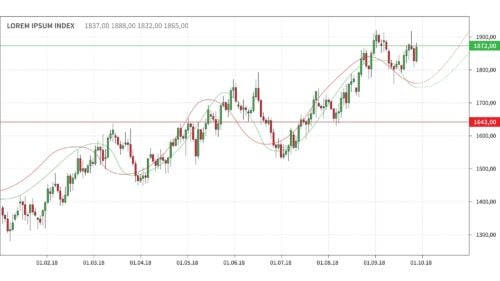 That said, higher-volume stocks are usually considered safer bets for trading – they might have lower volatility, smaller bid-ask spreads, and higher liquidity.
That said, higher-volume stocks are usually considered safer bets for trading – they might have lower volatility, smaller bid-ask spreads, and higher liquidity.
What Is Considered Low Volume for a Stock?
A rule of thumb used by some traders is to label any share that has less than 500,000 units trading in the market as low volume.
However, there is no single definition for what is a low volume for a given stock.
This also does not tell you whether traders are less or more interested in the security today than yesterday or even earlier.
For example, if there are 10 million shares of a particular stock floating in the market, an investor would call it a high-volume share using this definition.
But what if, in the last ten days, the average volume traded for the same security was 12 million?
Comparing these numbers, one can easily see that interest in trading the share has actually dropped!
For a particular stock, it might make more sense to measure relative volume instead.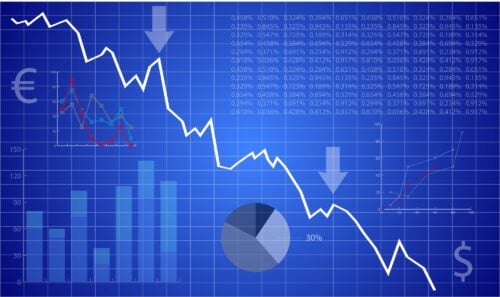 It would immediately tell the trader that the relative volume has fallen to 0.83 (10 mn/12 mn), and they should set up their positions accordingly.
It would immediately tell the trader that the relative volume has fallen to 0.83 (10 mn/12 mn), and they should set up their positions accordingly.
Generally, any time the RVOL is significantly lower than 1, the stock is traded much less than usual.
How Do You Read Trading Volume?
Trading volume should always be read together with share price to get a complete picture.
For example, a declining volume when prices are growing tells that it might be time to sell the share and book profit.
However, the same trend when prices decline can mean something entirely different.
The security could be bottoming out on its price, and entering it at that point could be good.
Similarly, growing volumes should also be seen in the context of prices. If they are rising, it could indicate strong demand and hence an opportunity to buy.
But if falling prices accompany the same increasing volumes, it might be best not to invest in the share at this time.
What Is Relative Volume Standard Deviation?
Relative Volume Standard Deviation is a technical indicator that measures a stock’s support and resistance levels. It was developed by Melvin E. Dickover.
Rising and falling volumes, when seen in the context of price changes, might be one way to determine when to buy, sell or hold a share (as discussed in the previous section). The Relative Volume Standard Deviation metric formalizes this principle in a chart, making it easier for investors to apply.
The Relative Volume Standard Deviation metric formalizes this principle in a chart, making it easier for investors to apply.
Mathematically speaking, it is a security’s current volume divided by its own simple moving average (SMA). The indicator is expressed in the form of standard deviations.
These deviations are then plotted on a histogram, and whenever their value is very high (Melvin suggested more than 2), the bar is labeled as a Defended Price Line (DPL).
A DPL tells the trader that it is possible there might be a support or resistance point at that instance, depending on the context of increasing or decreasing prices.
Which Indicator Is Best for Volume?
There are several indicators for volume, but the three most popular ones in use are
- Chaikin Money Flow
- On Balance Volume (OBV)
- Volume RSI
We explain these three in more detail in the sections below.
Chaikin Money Flow
Chaikin Money Flow tries to predict the values of securities based on the day’s closing price and volume growths/degrowths.
If the closing prices are near the higher end of the day’s range and volumes are growing, Chaikin Money Flow values are positive.
On the other hand, if the closing price is at the lower end of the day average, the values will be negative.
Positive values indicate that it is possible for the price to go up, and negative values indicate a higher likelihood that the price will fall. On Balance Volume
On Balance Volume
On Balance Volume is a simple technical indicator that tracks ups and downs in stock volume over a series of days and uses it as a price predictor.
Mathematically, it simply adds or subtracts volume growth (or degrowth), thus creating a cumulative volume growth picture.
For example, let’s say the volume on a particular day for a stock was 25,000, and the volumes on the next five days were as follows:
- 26,000
- 28,000
- 23,000
- 24,000
- 29,000
Keeping the initial OBV as 0 and the starting base as 25,000, the OBV metric will move on these five days as follows:
- 0 + 26,000 = 26.000
- 26,000 + 28,000 = 54,000
- 54,000-23,000 = 31,000
- 31,000 – 24,000 = 7,000
- 7,000+ 29,000 = 36,000
The idea behind accumulating volumes in this way is to measure the market sentiment toward the share.
Large institutional investors such as pension funds and mutual funds might have better information about how a particular security will move in the coming days.
Hence, they could start buying before retail investors even realize what is happening. This would show up in volumes but not in price.
If a measure like OBV is growing, but there is no movement in price, it could indicate that the stock in question might go up.
Volume RSI
The Relative Strength Index (RSI) is a popular price movement indicator. Volume RSI builds on the same concept but uses volume movements instead of price in the formula.
Assuming a baseline of 50%, the Volume RSI fluctuates between 0% and 100%. Its crossovers on the baseline are indicative of movement trends.
If the Volume RSI is above the baseline, it is a bullish indicator, but when it is below, it is a bearish indicator.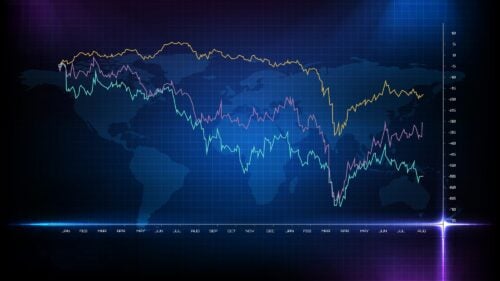 Hence, if the metric oscillates from below the baseline to above, it is a signal to buy the security, but when it moves in the opposite direction, it indicates a selling opportunity.
Hence, if the metric oscillates from below the baseline to above, it is a signal to buy the security, but when it moves in the opposite direction, it indicates a selling opportunity.
Final Thoughts
The share volume alone is not a sufficient measure to say much about how it will move in the coming days.
Relative volume tries to capture movement in volumes by comparing the current one with past averages.
When seen in conjunction with liquidity and volatility, relative volume can be a powerful measure to understand the direction in which a security’s price is moving.
In general, high relative volume tells traders that the market is showing interest in a particular stock, so there could be an opportunity to trade it.
However, relative volume is not the only parameter that traders should use, and there is certainly no guarantee that its results will always be accurate.
Lastly, Relative Volume Standard Deviation is an indicator that combines volume trends with price movements to suggest support and resistance levels for the security.
There are many other measures based on stock volume, some of which we discussed toward the end of our article.

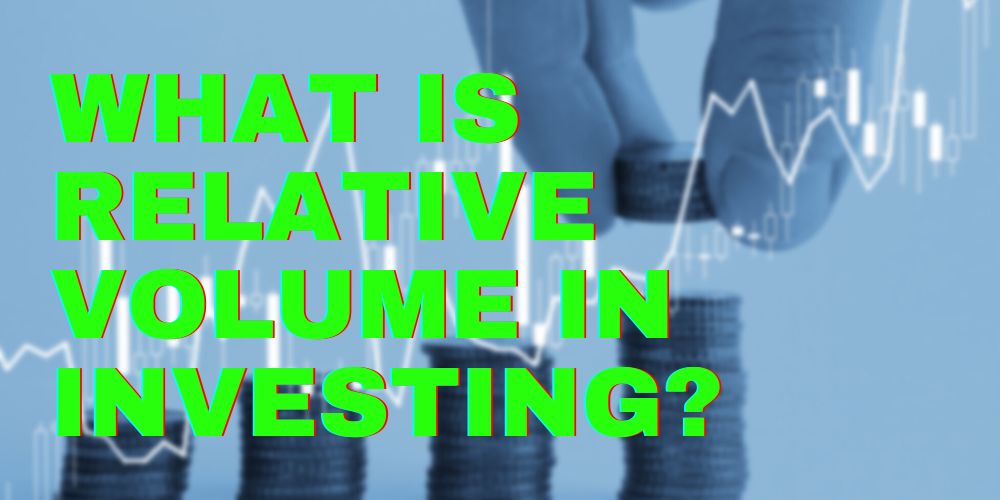
 Tags:
Tags:










